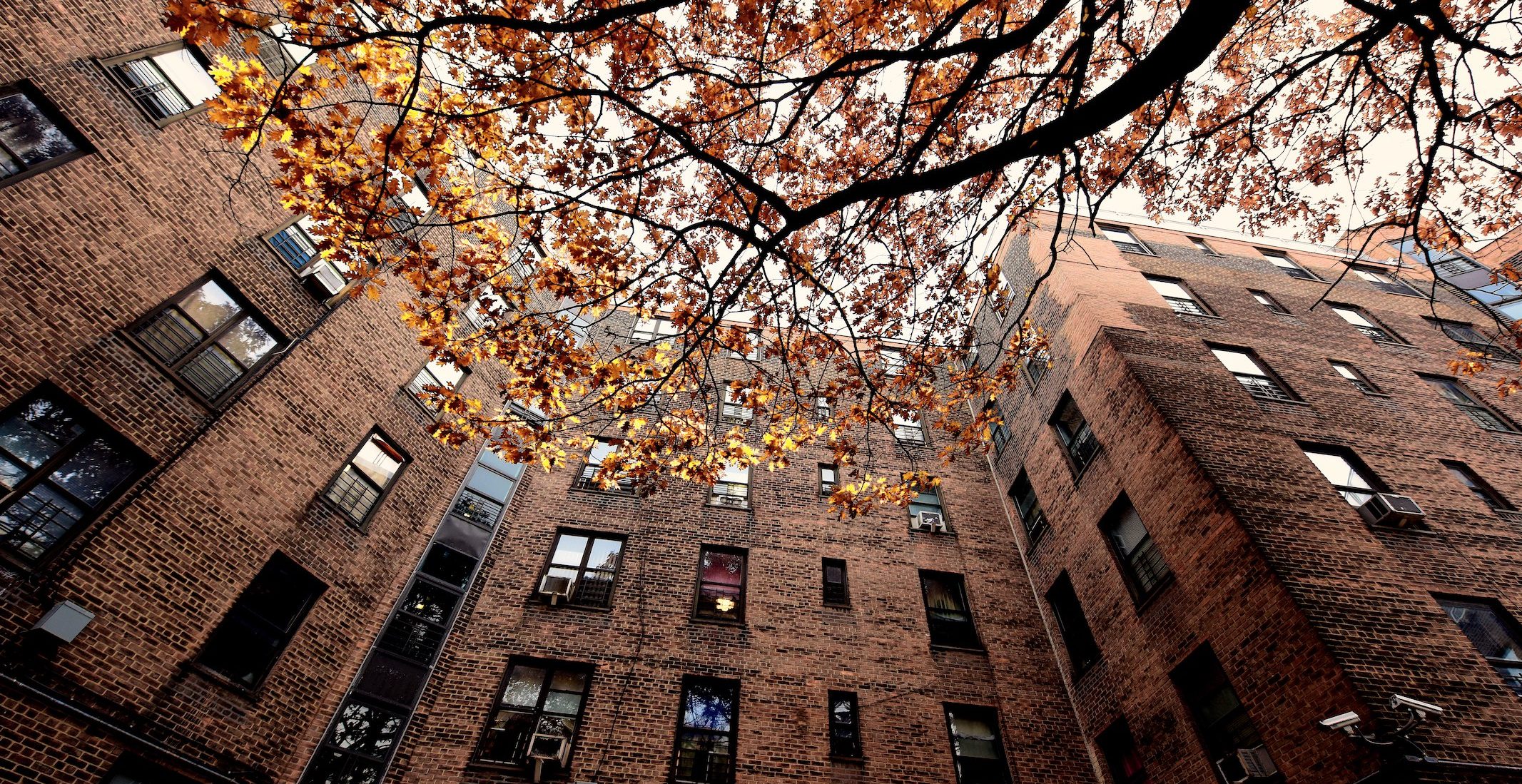Testimony of New York City Comptroller Brad Lander before the Human Resources Administration Regarding CityFHEPS Expansion

Thank you for the opportunity to testify on the proposal to expand eligibility and simplify the administrative process for the City Fighting Homelessness and Eviction Prevention Supplement program (CityFHEPS).
With 67,600 individuals sleeping in New York City shelters,[i] 3,400 more sleeping on the streets and in the subway,[ii] and thousands of asylum seekers in need of shelter arriving to our sanctuary city every week, our homelessness crisis has reached unprecedented levels, presenting a heavy burden on our shelter system. The need for expanding and accelerating the distribution of rental assistance to low-income New Yorkers has never been more urgent than it is today.
As a member of City Council, I was proud to co-sponsor Local Law 71 of 2021 which raised the value of CityFHEPS vouchers to meet rising rental prices.[iii] I support the Adams Administration’s decision to expand eligibility for individuals and families whose income is slightly higher than 200% of the poverty level, reduce the work requirement from 30 to 14 hours per week, and include children with disabilities, as well as adults, as SSI eligible recipients of CityFHEPs. By expanding eligibility, the City will be able to move more people from shelters into permanent housing more quickly.
In solidarity with New York City’s housing and homeless advocates including the Legal Aid Society, VOCAL-NY, Community Service Society, Citizens’ Committee for Children of New York and others, I also urge the Department to include undocumented immigrants in its CityFHEPS eligibility expansion. Although the Department of Homeless Services does not track the number of undocumented immigrants in its care, we know that immigrant New Yorkers, especially undocumented immigrants, were disproportionately represented in COVID-related deaths, hospitalization, and job loss, leaving many families unable to pay for basic necessities like food and rent.[iv] As a result, many immigrant individuals and families face great risk of eviction and will have nowhere to go but the streets or shelter. When the federal government failed to provide pandemic relief to undocumented immigrants, New York State and City lawmakers stepped up by creating the $2.1 billion Excluded Workers Fund and allocating $10 million in childcare subsidies for undocumented immigrants and families.[v] We know that there are creative avenues to provide financial assistance, including housing vouchers, to undocumented families, because we’ve done it before. Let’s continue to support our foreign-born neighbors in need, regardless of their status.
Finally, it has become common knowledge that source of income discrimination is rampant among housing voucher recipients. Although it is a violation of New York City Human Rights Law, landlords continue to deny affordable housing to low-income New Yorkers with rental assistance vouchers with impunity. This has contributed to the growing length of stay of individuals and families in shelter, up to 855 days in 2022.[vi] [vii] To ensure that CityFHEPS reform is successful, the City must go after landlords who are violating the law. However, this is not feasible if agencies responsible for enforcement are not adequately staffed or resourced. According to my office’s December vacancy report, the Commission on Human Rights, the agency charged with enforcing the source of income discrimination law, has a 28% vacancy rate.[viii] The Administration must prioritize filling these positions immediately to reduce the average length of stay in shelters, ensure that CityFHEPS recipients are rapidly rehoused, and put struggling New Yorkers on the path to safety and stability.
Thank you again for the opportunity to submit testimony.
[i] DHS Daily Report, NYC Open Data, last updated January 8, 2023,
https://data.cityofnewyork.us/Social-Services/DHS-Daily-Report/k46n-sa2m.
[ii] “Mayor’s Management Report,” Mayor’s Office of Operations, September 2022,
https://www.nyc.gov/assets/operations/downloads/pdf/mmr2022/2022_mmr.pdf.
[iii] Int 0146-2018, New York City Council, Enacted June 27, 2021,
[iv] “Fact Sheet: COVID-19 Health and Economic Impacts on Immigrant Communities,” Mayor’s Office of Immigrant
Affairs, July 2020, https://www1.nyc.gov/assets/immigrants/downloads/pdf/covid-immigrant-fact-sheet-20200731.pdf.
[v] COVID-19 Recovery Center: Excluded Workers Fund, Office of the New York City Comptroller,
[vi] “Mayor’s Management Report,” Mayor’s Office of Operations, September 2022.
[vii] “Mayor Adams Rolls out ‘Promise NYC’ to Provide Childcare Assistance to Low-Income Families with
Undocumented Children for First Time Ever,” Office of the New York City Mayor, December 14, 2022, https://www.nyc.gov/office-of-the-mayor/news/909-22/mayor-adams-rolls-out-promise-nyc-provide-childcare-assistance-low-income-families-with.
[viii] “Title Vacant Addressing Critical Vacancies in NYC Government Agencies,” Office of the New York City
Comptroller, December 6, 2022, https://comptroller.nyc.gov/reports/title-vacant/.
###